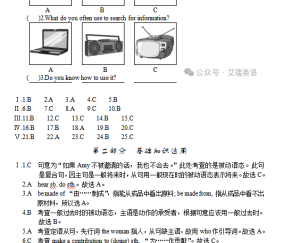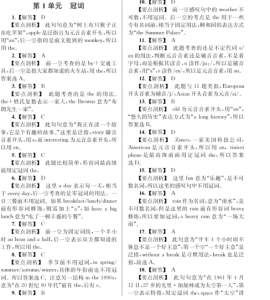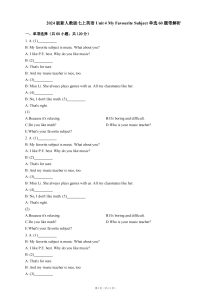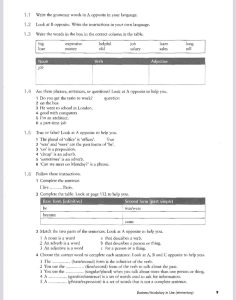
类型一:说明性状语
He lay in bed, awake. 他躺在床上,没有睡着。(表伴随)
He arrived home, hungry and tired. 他回到家里,又饿又累。(表结果)
Unable to afford the time, I had to give up the plan. 由于抽不出时间,我不得不放弃这个计划。(表原因)
形容词用作状语的特点是,该形容词的逻辑主语就是句子主语,并且通常可以用并列句或主从复合句来改写。如以上各句可改写为:
He lay in bed and he was awake.
He arrived home and he was hungry and tired.
Because I was unable to afford the time, I had to give up the plan.
类型二:程度状语
有少数形容词,如red, boiling, freezing, icy, bitter等,它们在某些搭配中可以起副词,用作状语,表示程度,意为“很”“非常”等。如:
The stove was red hot. 火炉是炽热的。
It’s boiling hot. 它是滚烫的。
His face was bright red. 他的脸是鲜红的。
The weather is freezing [icy, bitter] cold. 天气冷极了。
但这样的用法非常有限,并往往只用于某些特定搭配中,如可说 bitter cold(冰冷),bitter wind(寒风)等,但习惯上却不说 bitter hot(炽热),bitter busy(极忙)等。
类型三:承上启下性状语
有些形容词在某些固定结构中可用作独立成分,起承上启下的作用(也可视为一种状语)。如:
Sure enough, she was there. 果然她在那里。
Strange to say, he did pass his exam after all. 说也奇怪,考试他竟然通过了。
He may be late. Worse still, he may not come at all. 他可能会迟到。更糟的是,他可能根本不来。
More important, he’s got a steady job. 更重要的是他得到了一个稳定的工作。
Most remarkable of all, he never suffers from nerves on the stage. 最了不起的是他从不怯场。
相关推荐
动名词的否定式是将否定词not置于动名词之前。若动名词为完成式或被动式,否定词not应置于整个结构之前。具体详解如下: 一、动名词一般式的否定式 动名词一般式的否定式是将否定词not置于动名…[阅读全文]
1.基本结构: the+形容词最高级+比较范围. 例句如下: He is the tallest boy in his class. 2.形容词比较级表示最高级的意义: the+形容词比较级+than+ 其余的所有比较对象。例句如下 He is tall…[阅读全文]


























暂无评论内容